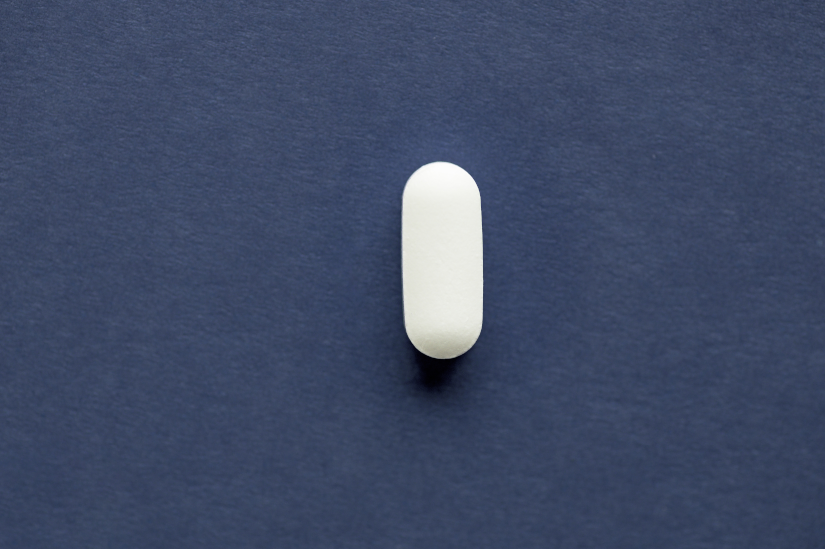We cover a lot of ground in this blog, tacking all sorts of issues related to substance use disorders, treatment, and the recovery journey. There is, if we do say so ourselves, a pretty impressive collection of content to be found here.
But with lots of content comes the danger that it can be hard to find just what you are looking for—and what some people are looking for is clear information about a given drug or class of drugs. We have explored the dangers of many drugs in previous entries, and our purpose here is to round up some of that coverage so it is easier for you to find.
To that end, here are some highlights (and some links) from our various blogs about drugs and their dangers.
From “It’s a Trap: Taking Cocaine is not the Proper Path to More Energy and Happiness”
[O]ur search for energy and happiness can lead to some dangerous places.
One of those dangerous places is cocaine use.
Cocaine is a powerful stimulant (there’s your extra energy) that produces a high that often provides a feeling of euphoria (there’s your extra happiness). Users feel alert, energized, and happy after taking the drug.
So far, so good, right?
Well, not really. Those positive feelings are a trap. Once a person has experienced them, they are likely to want to keep feeling them. So they keep taking cocaine. Over time, they build up a tolerance to the drug, which means they must take more and more of it in order to achieve the same high. The positive feelings are increasingly hard to come by, and so more and more of the drug is ingested.
As a person takes cocaine in increasingly large amounts, a range of negative side effects are going to chip away at any good feelings the drug might still provide.
From “Here’s the Reality: Escaping Reality With PCP Is a Terrible Idea”
PCP provides four to six hours of altered perceptions, changing the way a person experiences sights, sounds, colors, the surrounding environment, and how they experience themselves. But the drug wasn’t developed for that purpose.
Instead, it was intended as an intravenous anesthetic when it was first developed during the 1950s. In short order, however, it became apparent that the drug was dangerous due to neurotoxic side effects. So it was abandoned for medical purposes. Ideally, that would have been the end of the story.
But, instead, the drug found its way into illicit circles and was soon being used to achieve the kinds of perceptual changes we have described. Users take the drug in a variety of ways—by dissolving the powder form in water, smoking it, snorting it, or taking it in tablet form—but always for the same reason: to disconnect from reality.
Soon enough, however, the disconnection from reality leads to a new reality—and that reality involves the development of a substance use disorder.
From “What You Need to Know About Opioid Addiction”
Opioids have long been used as a way to reduce pain. Most pain medications come from morphine, which is a component of opium. Researchers have developed ways to enhance morphine, as well as weaken it, to allow for more precise pain management for those that need it. Yet, all of these drugs have some level of dependency risk. That’s why some doctors are moving away from using these drugs altogether.
Common names for opioids include codeine, fentanyl, hydrocodone, oxycodone, tramadol, methadone, Dilaudid, Demerol, morphine, and heroin. Since many of these drugs can be used by anyone of any age to manage pain, the opioid addiction risks impact every demographic in the country.
When does the problem occur? Taking medication for pain seems like an okay thing to do, especially when your doctor writes a prescription for it. Yet, there is a risk of addiction present.
No Matter the Drug, the Next Move is Treatment
We have covered many more drugs than are represented above, and we’ll continue this roundup in a future entry. But the most important takeaway from this collection of articles we are sharing is this: When you are struggling with drugs or alcohol, the best thing you can do is seek out treatment to help you regain and maintain your sobriety.
That is what we do at Bel Aire Recovery Center. We help each person we serve get sober via medically supervised detoxification. Then we help them stay sober via our rehabilitation program by teaching them strategies, providing them with resources, and addressing co-occurring mental health disorders. And we keep the support coming with our commitment to a continuum of care that can help you hang on to your sobriety in the difficult early days of recovery. No matter what substance is at the center of your substance use disorder, let our team in Kansas help you put it behind you.




